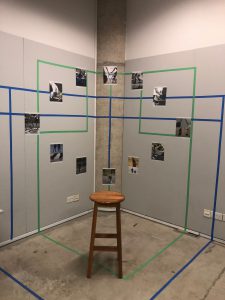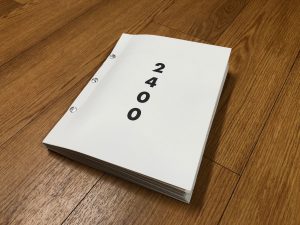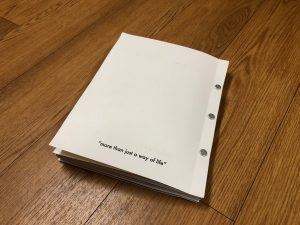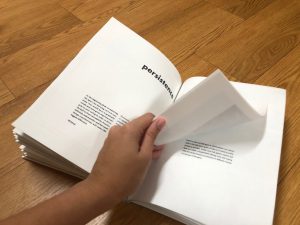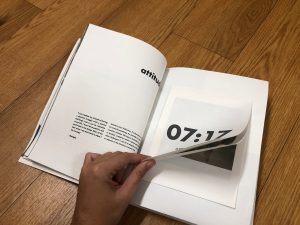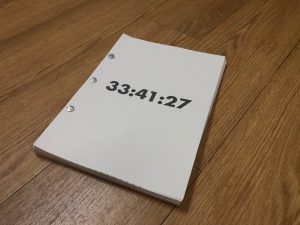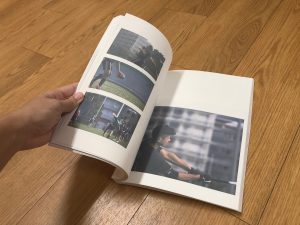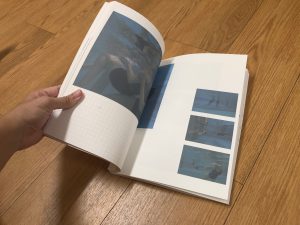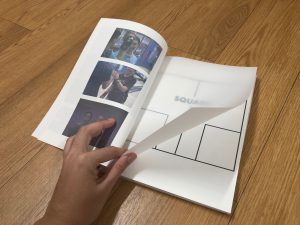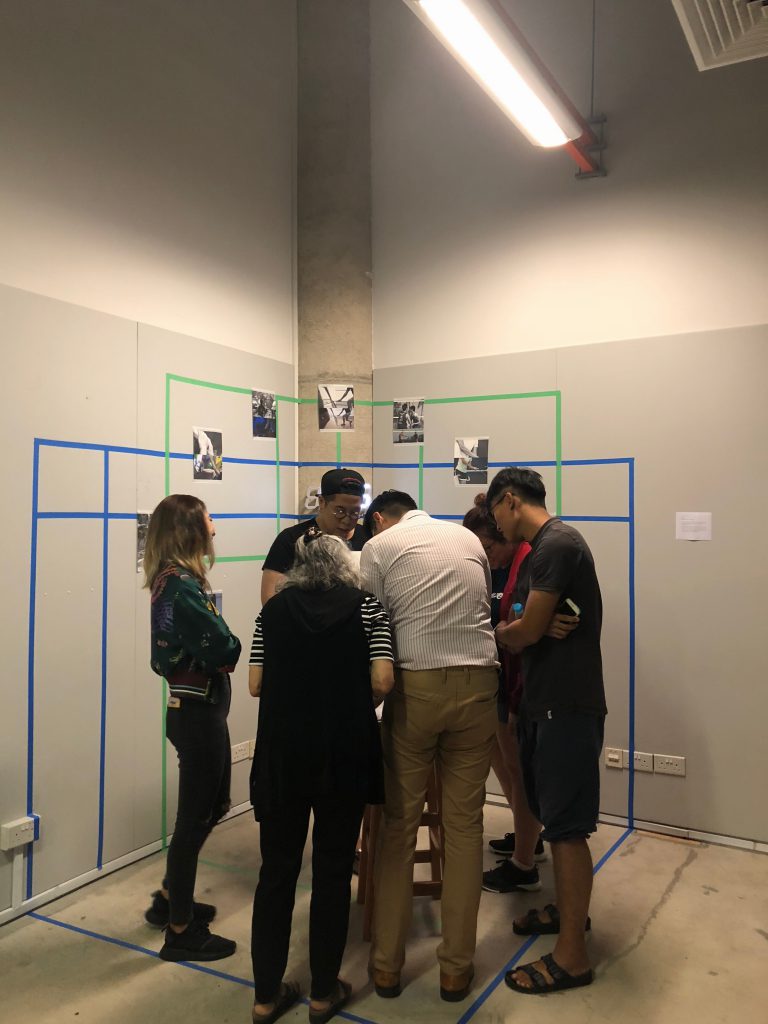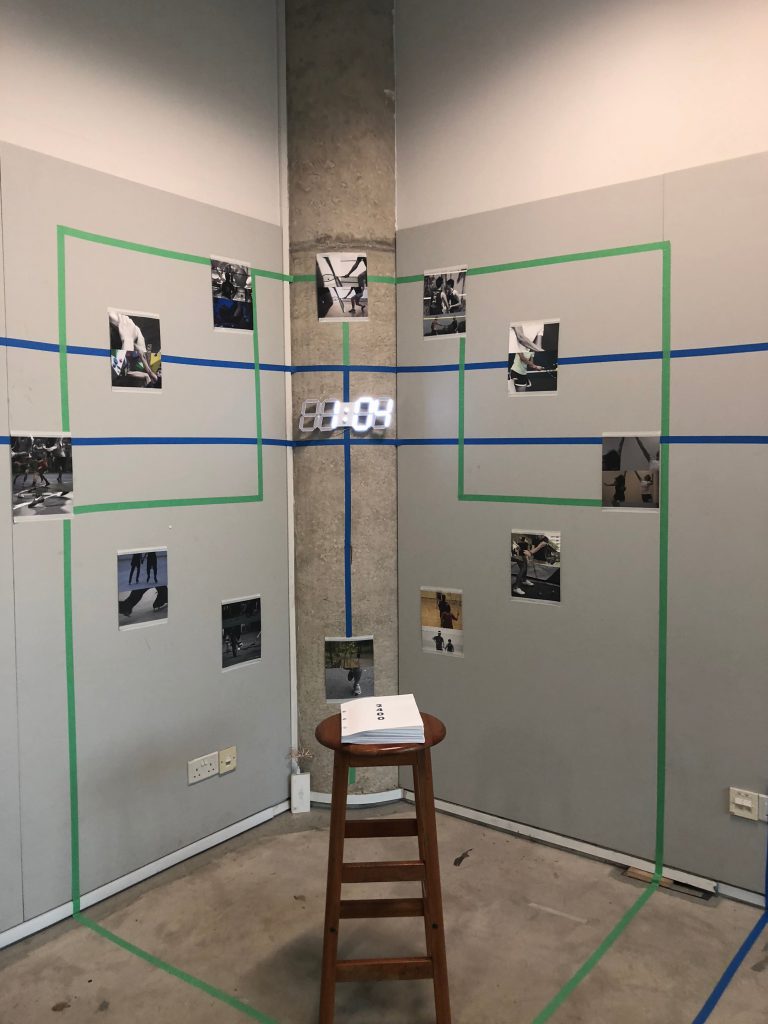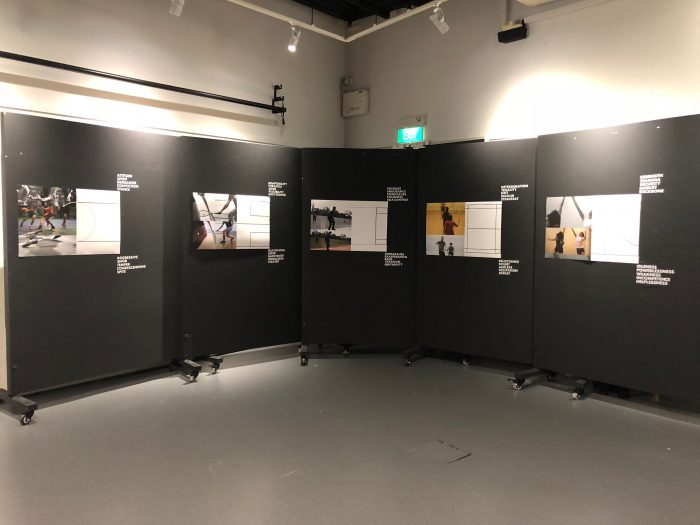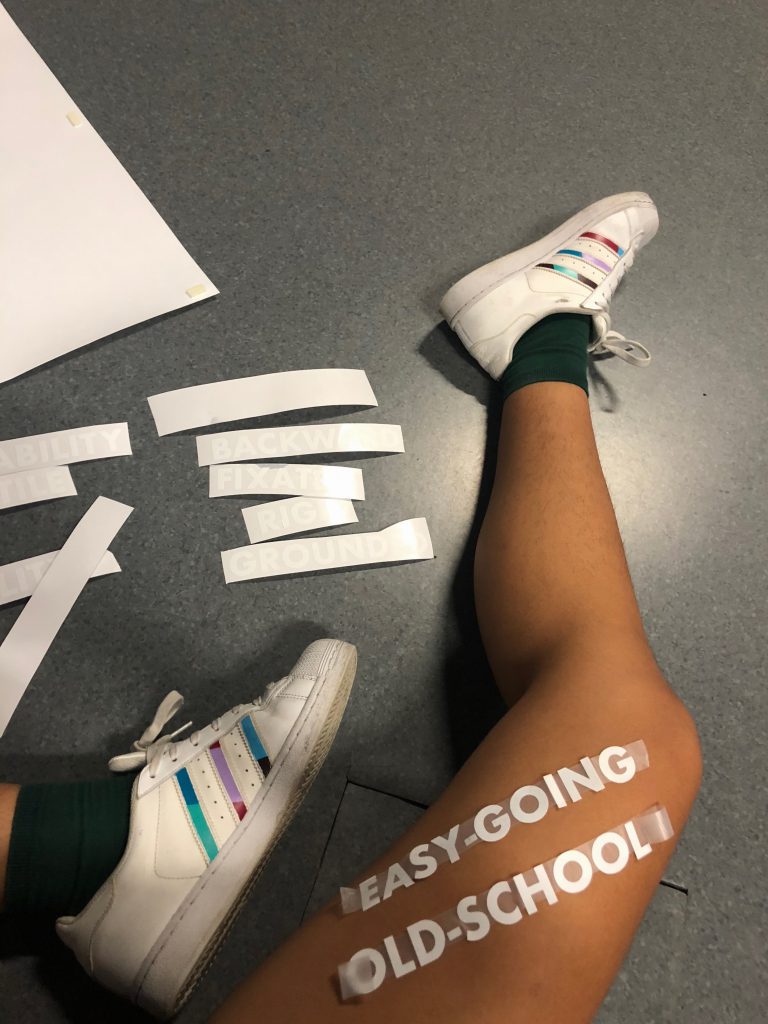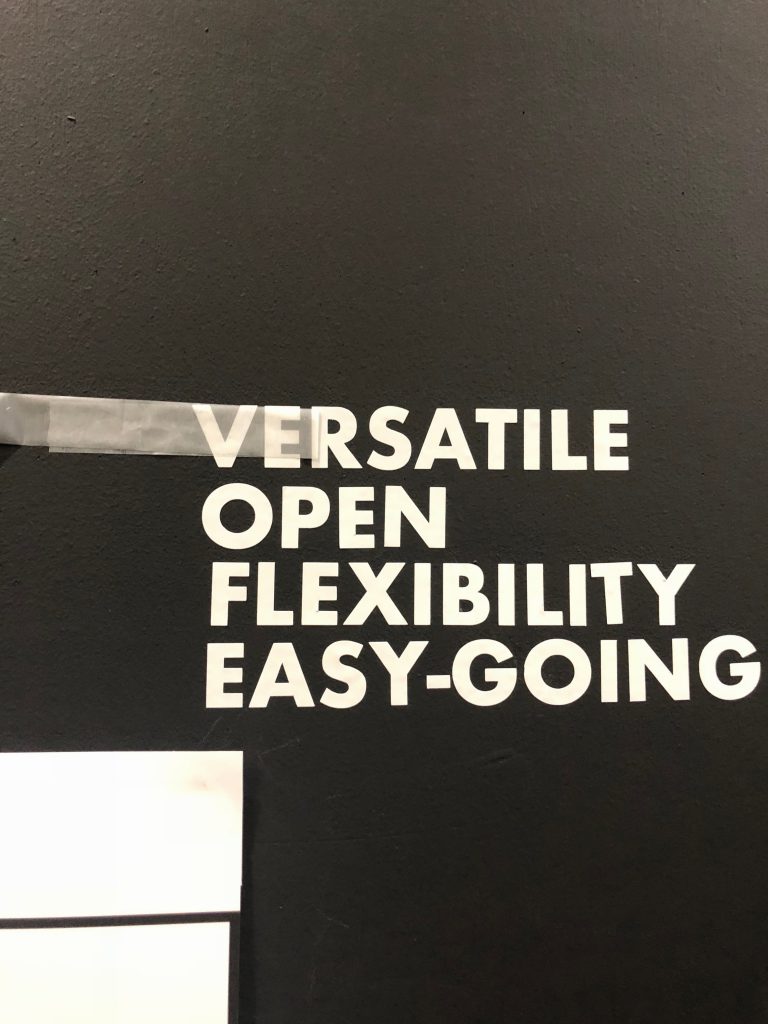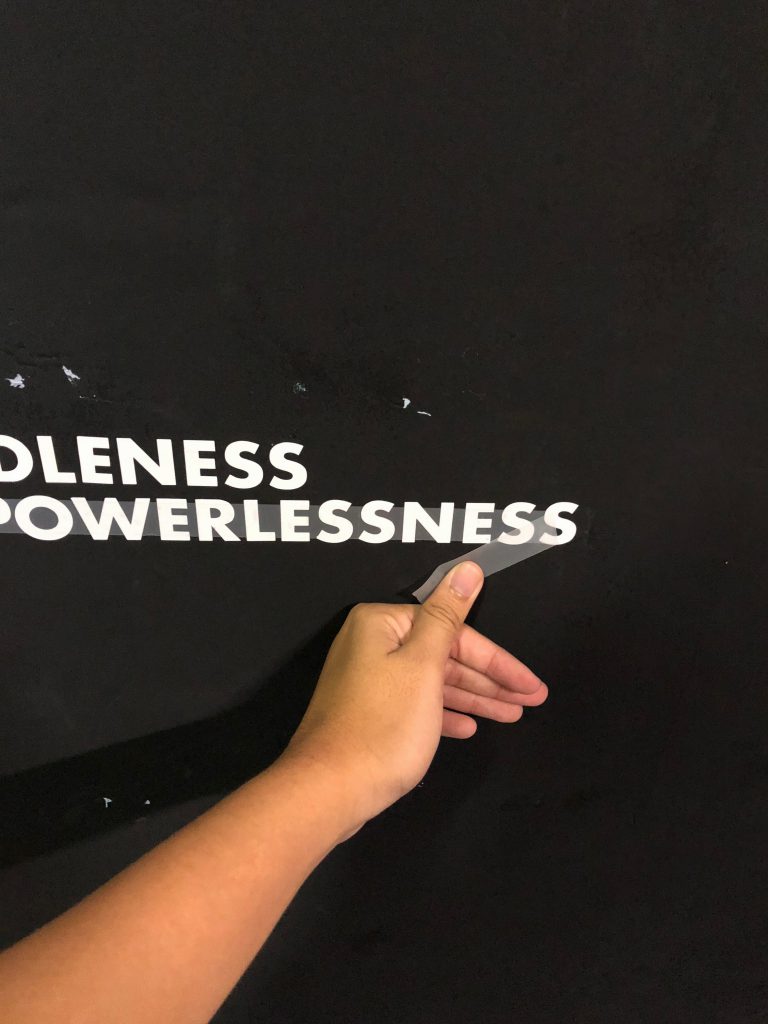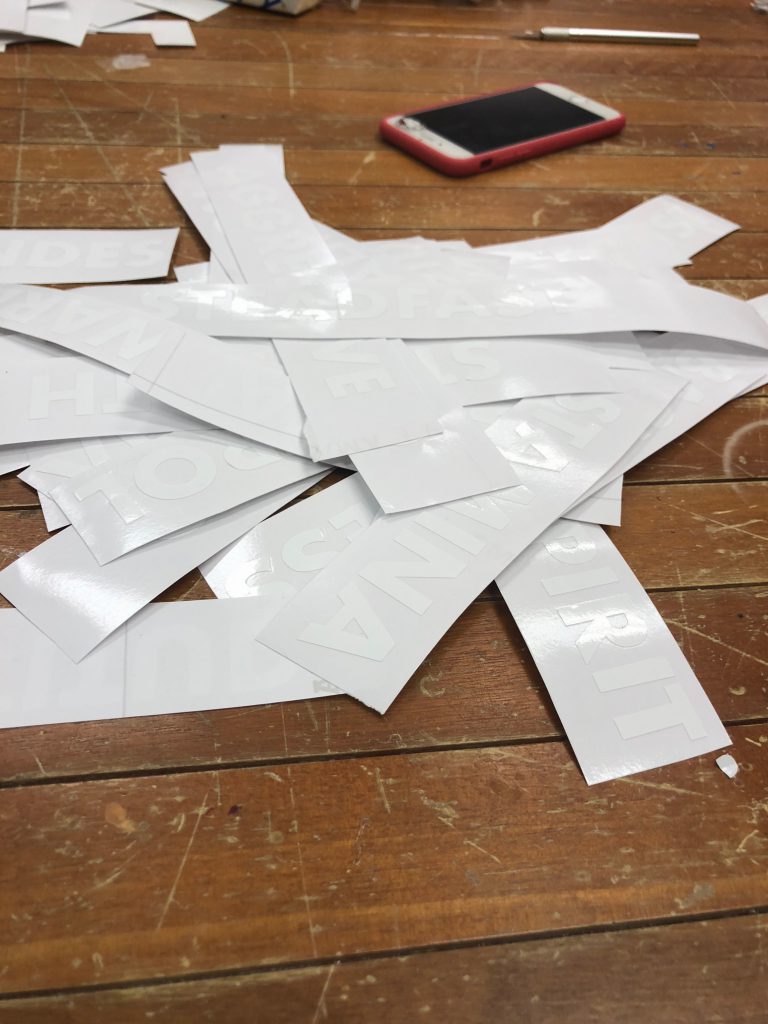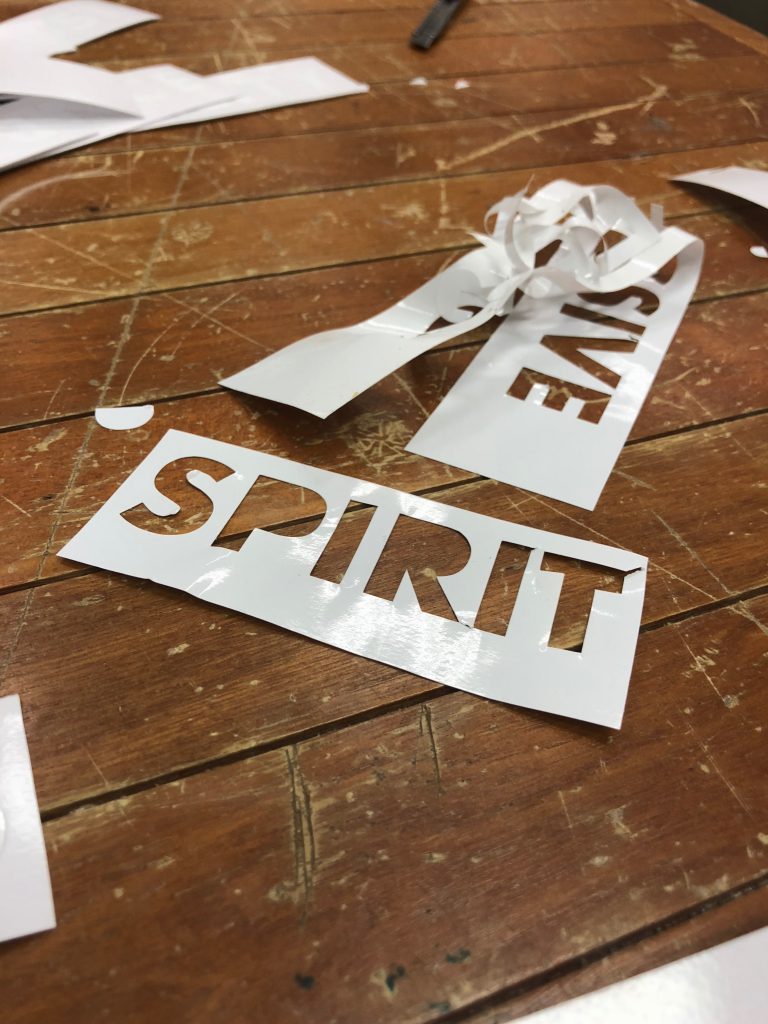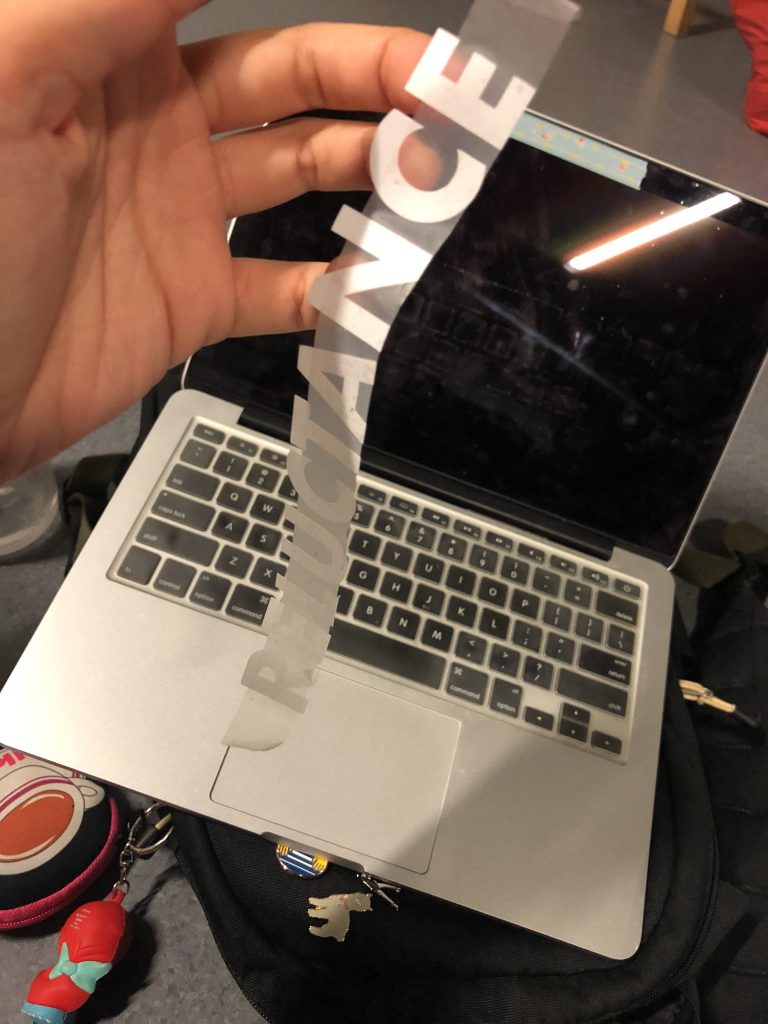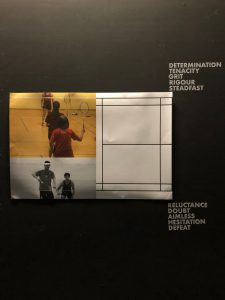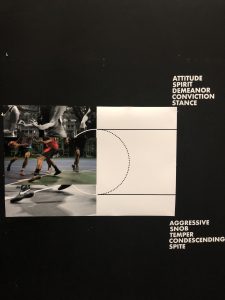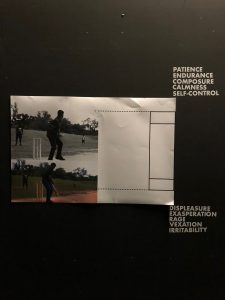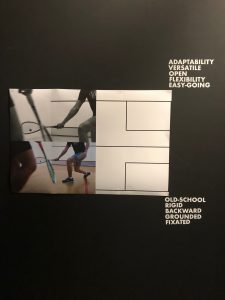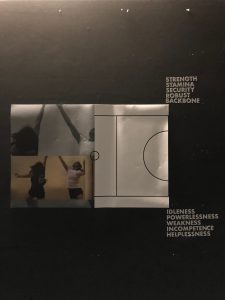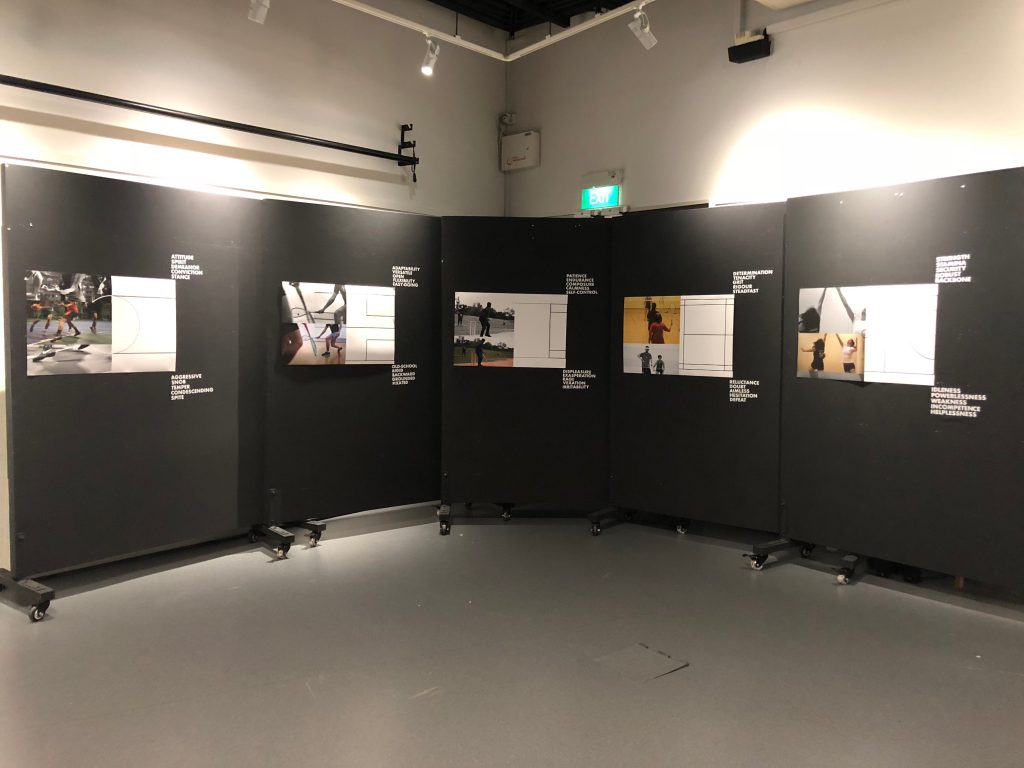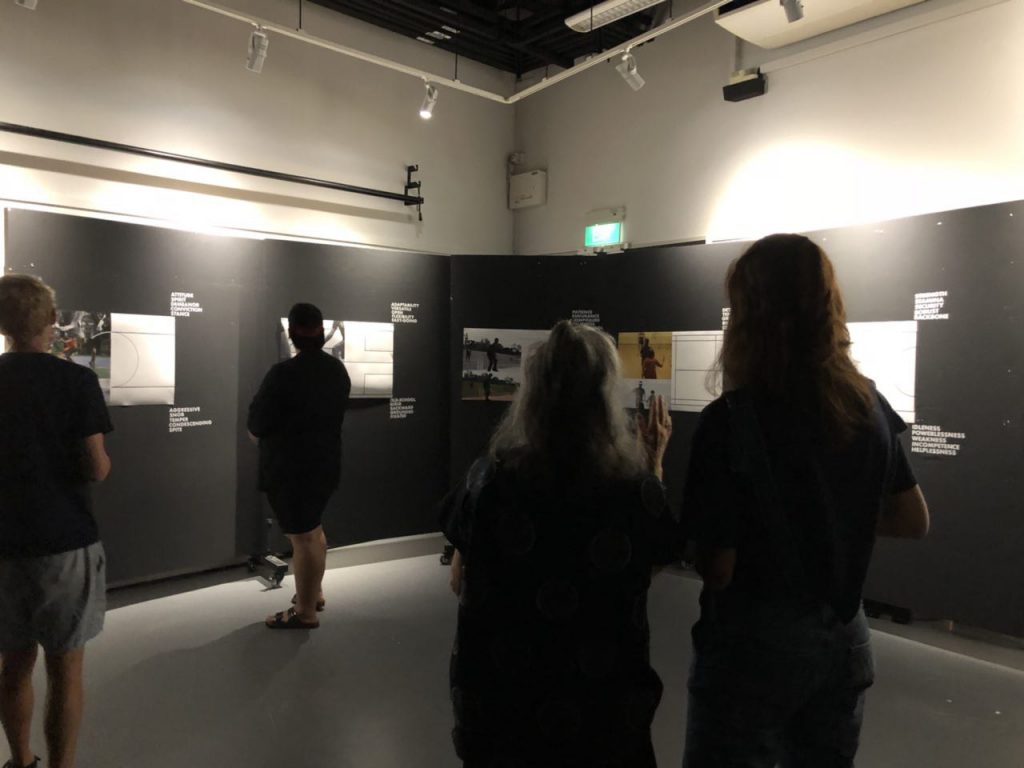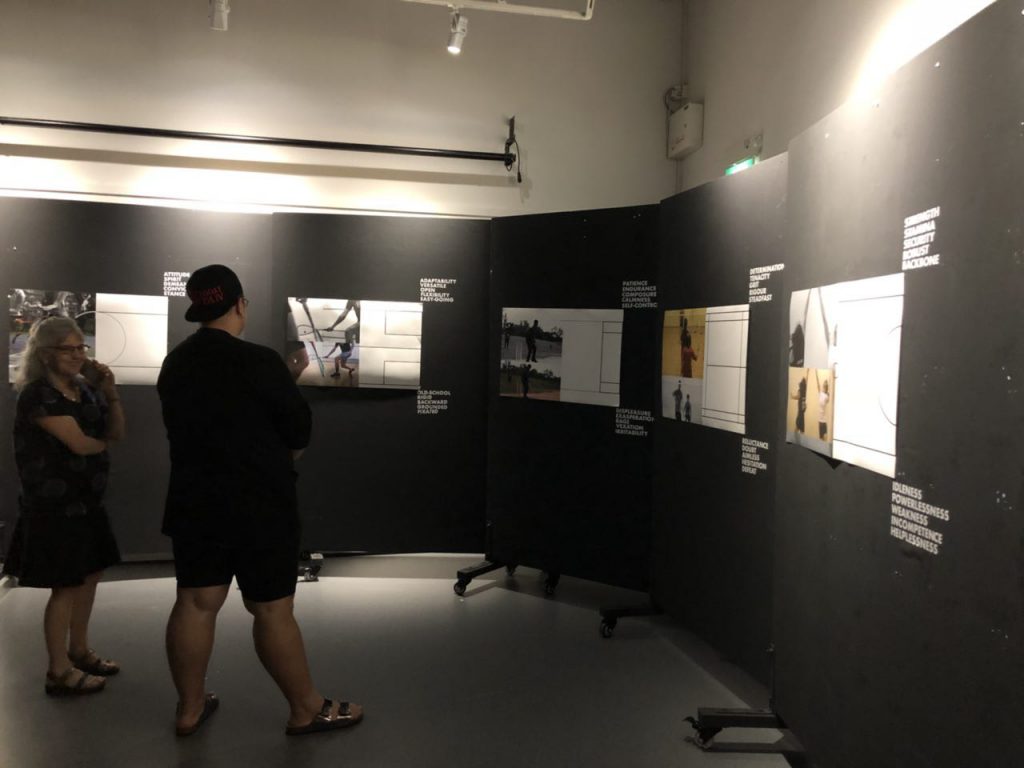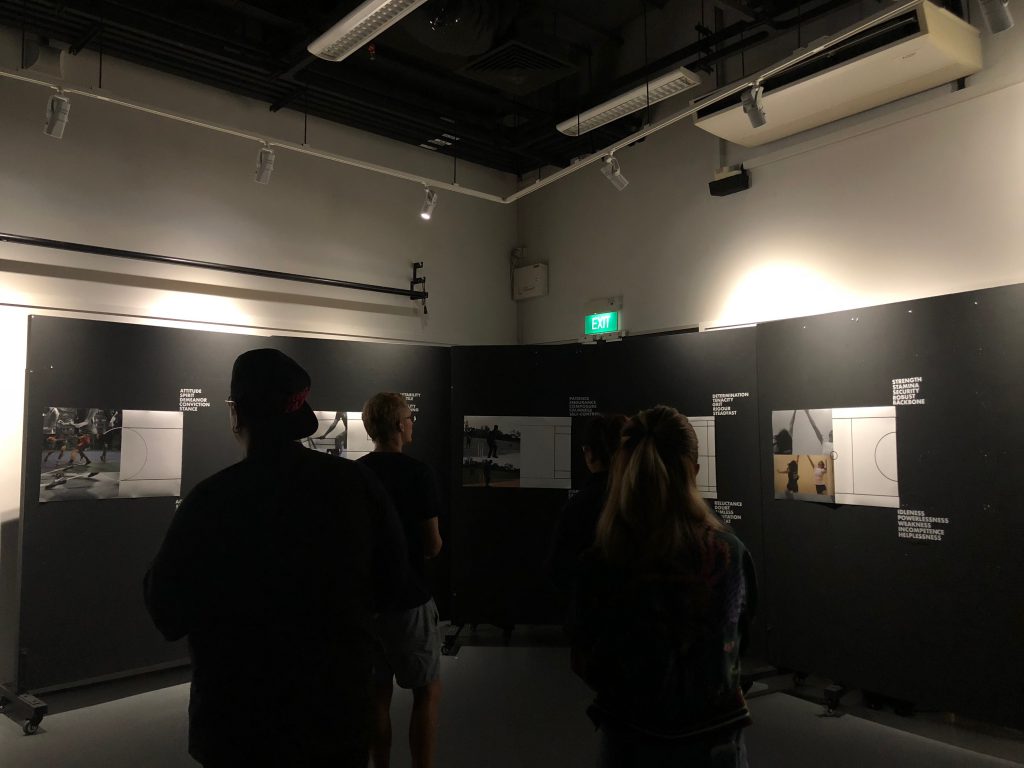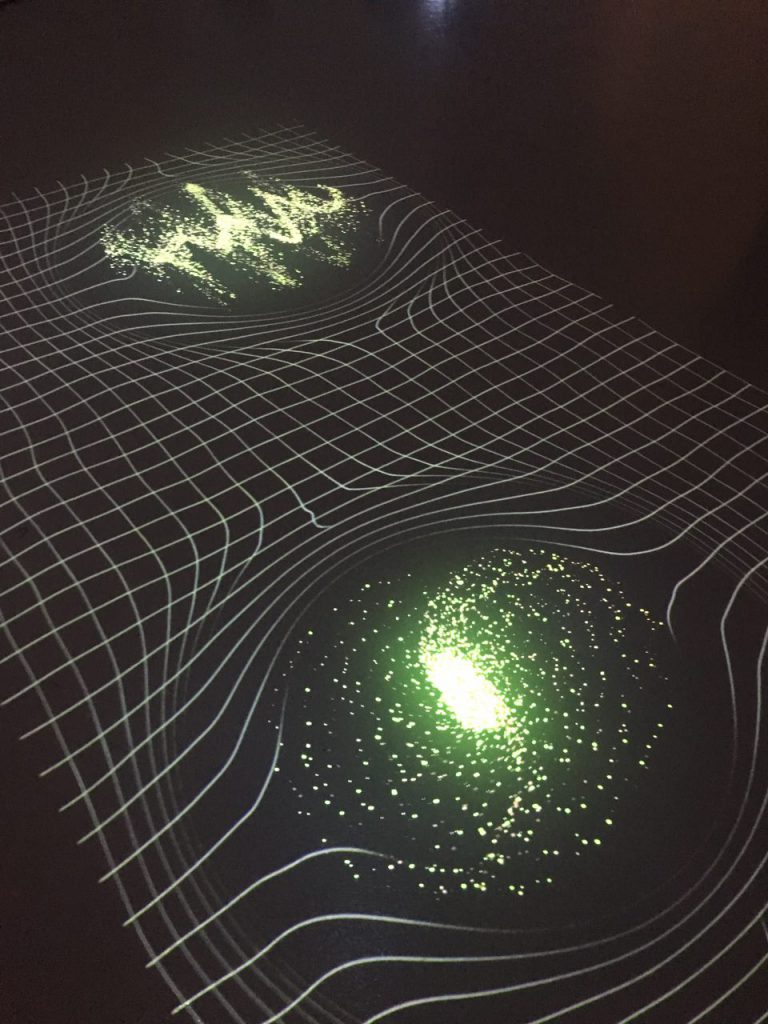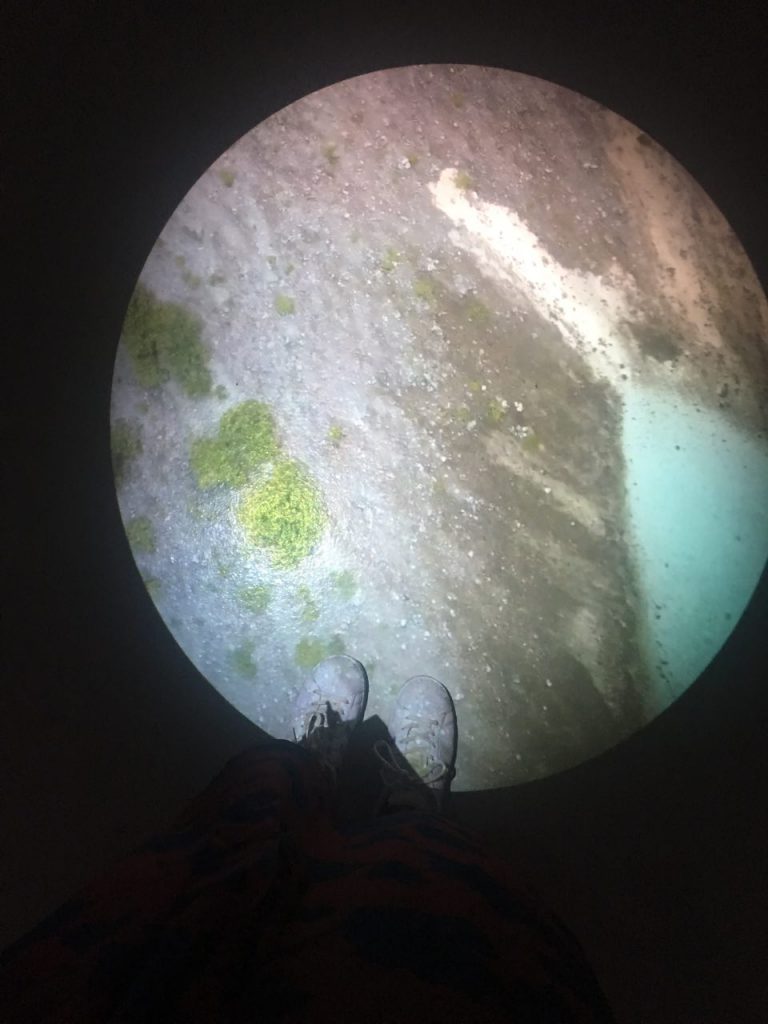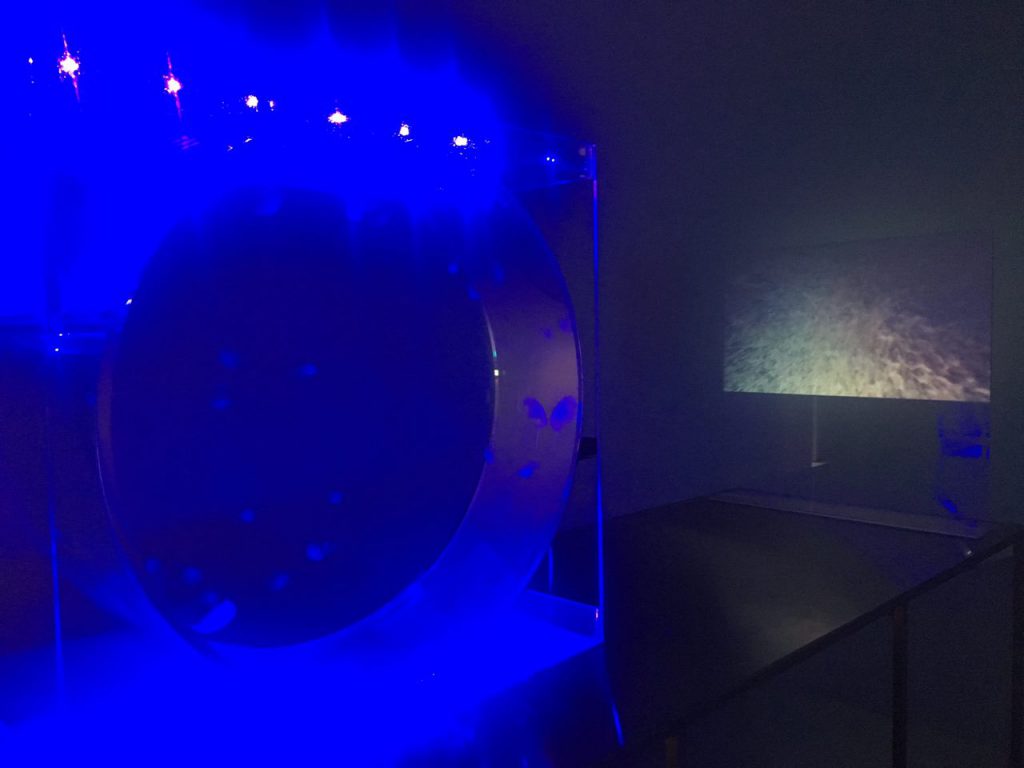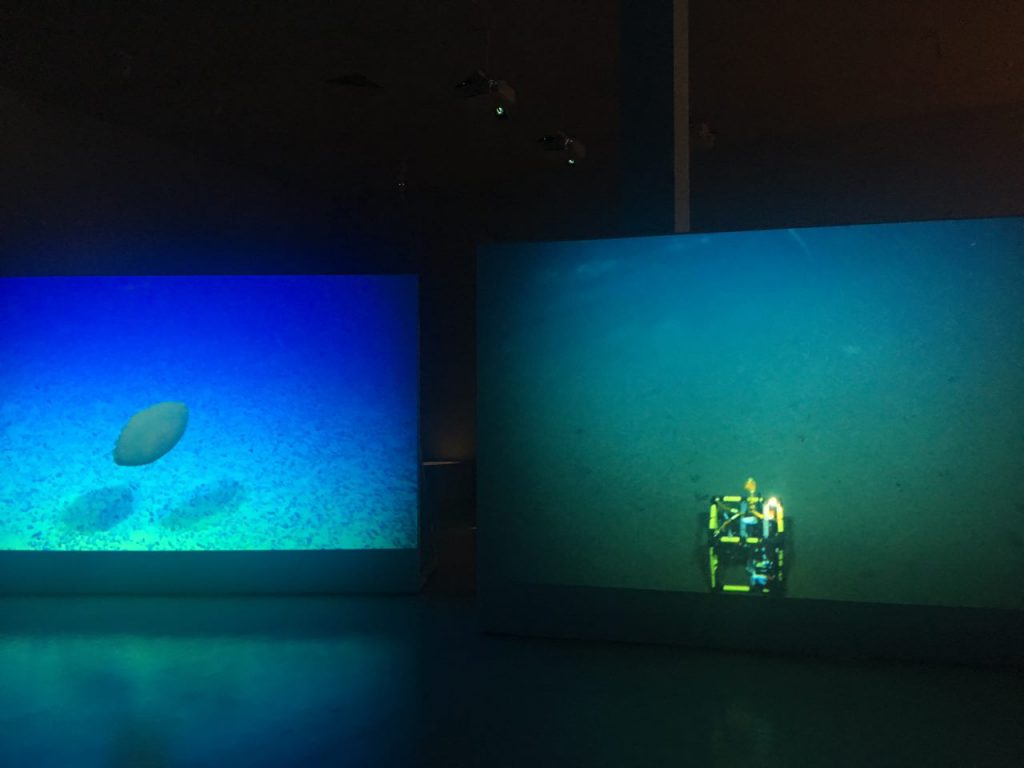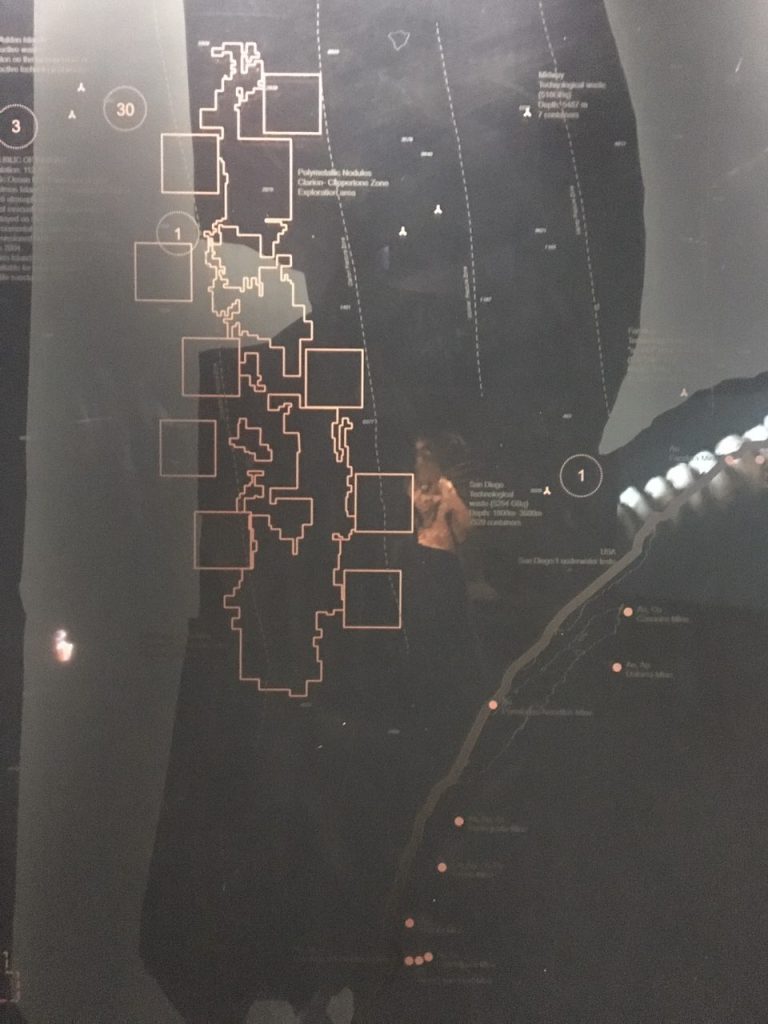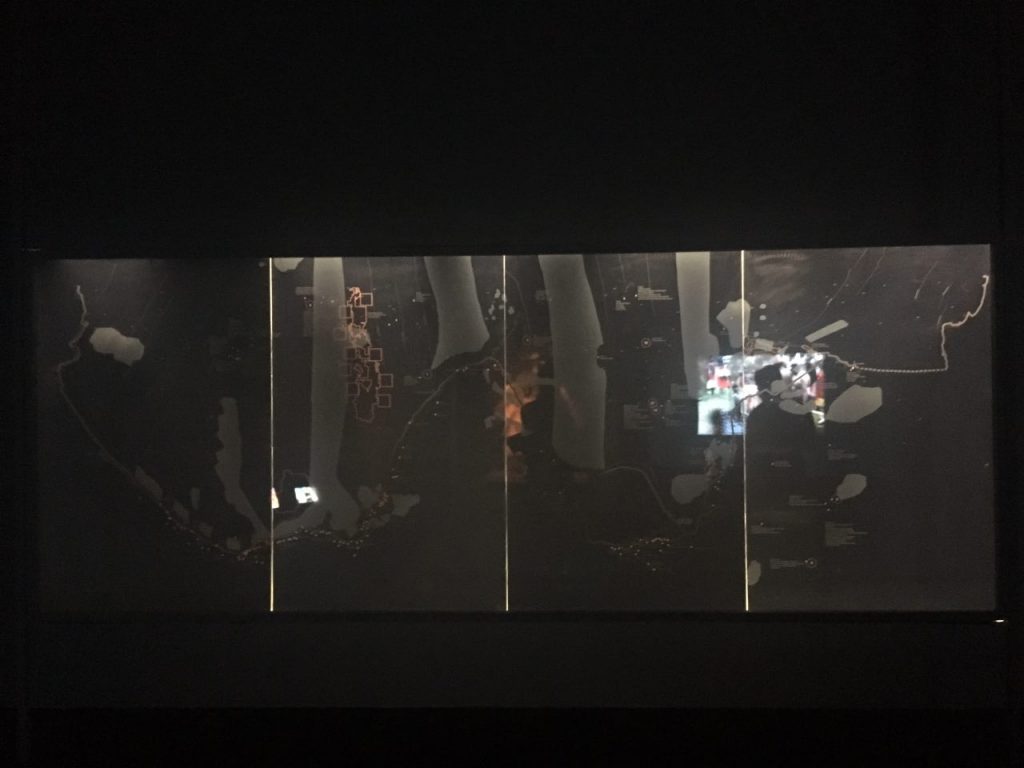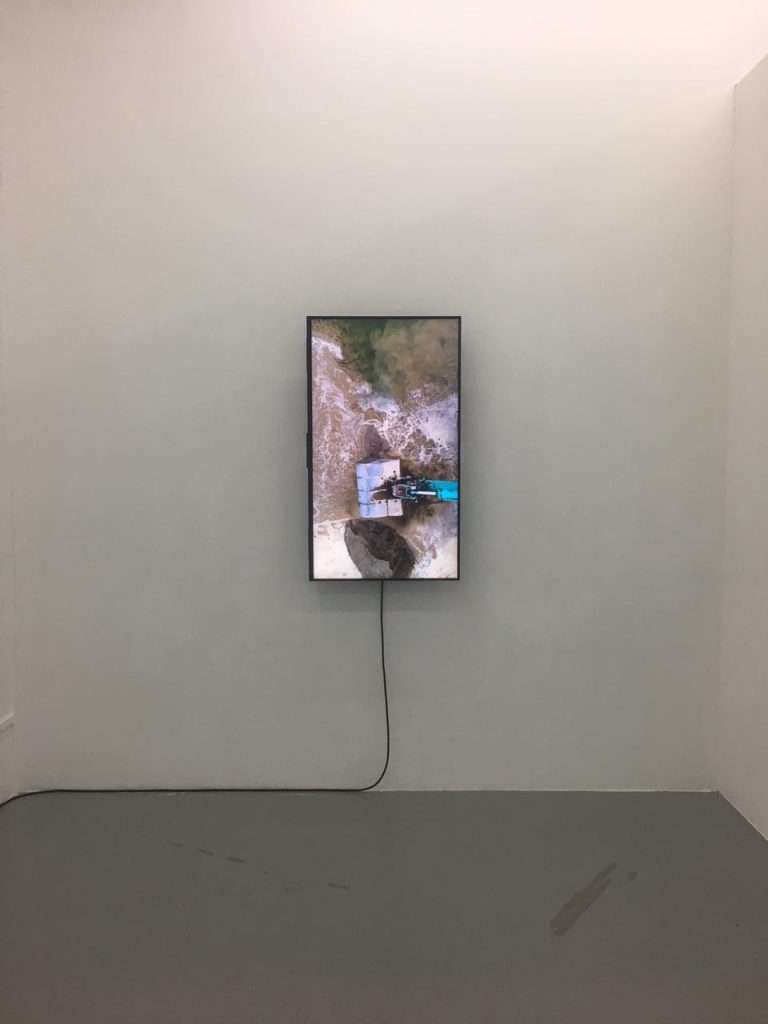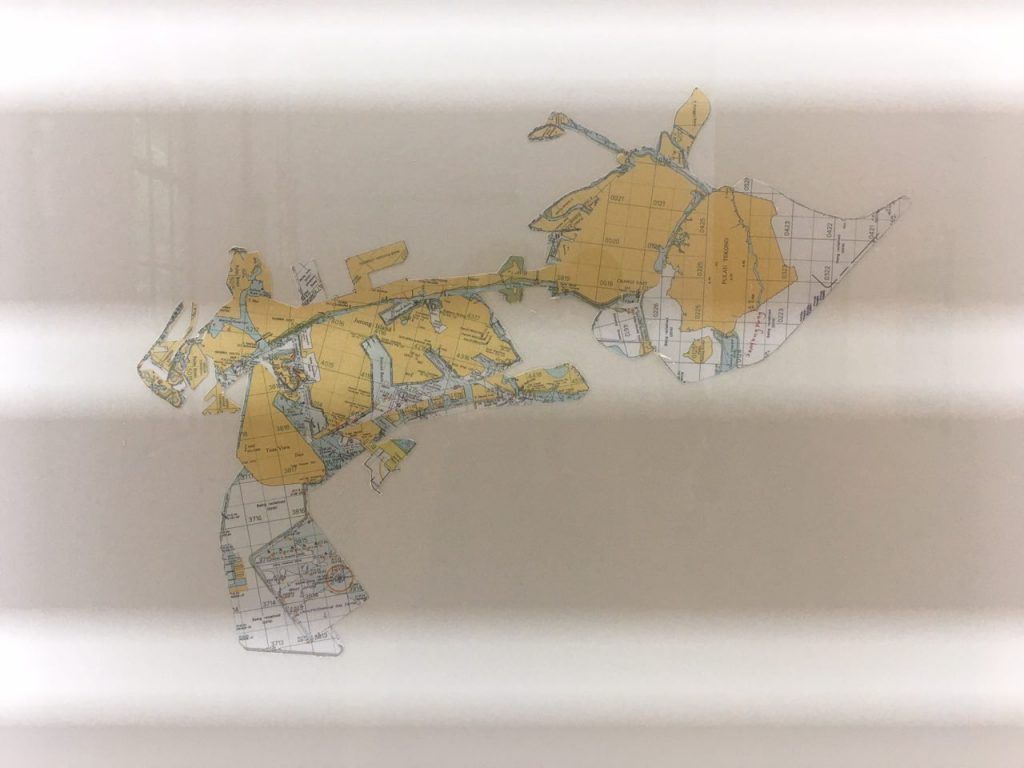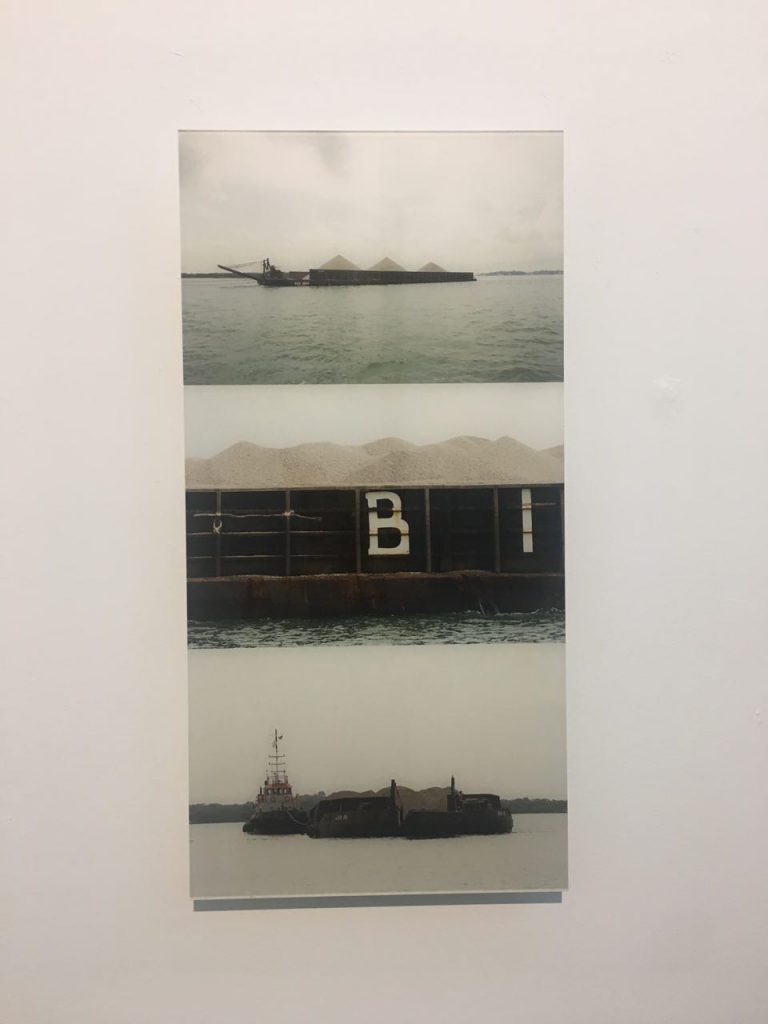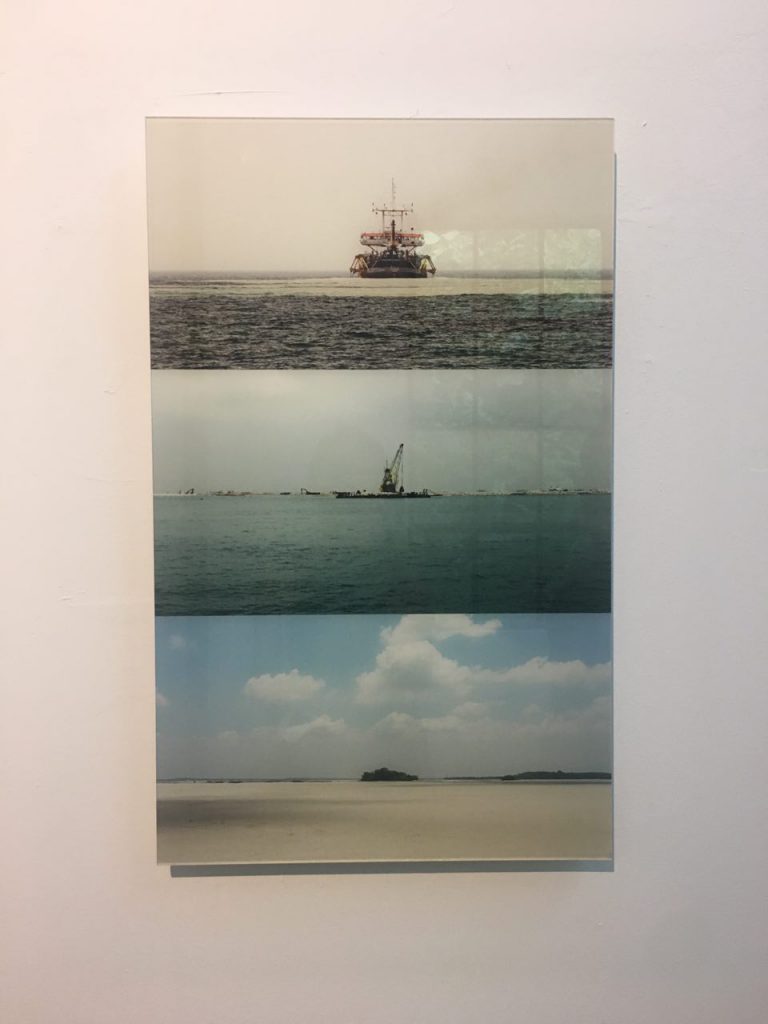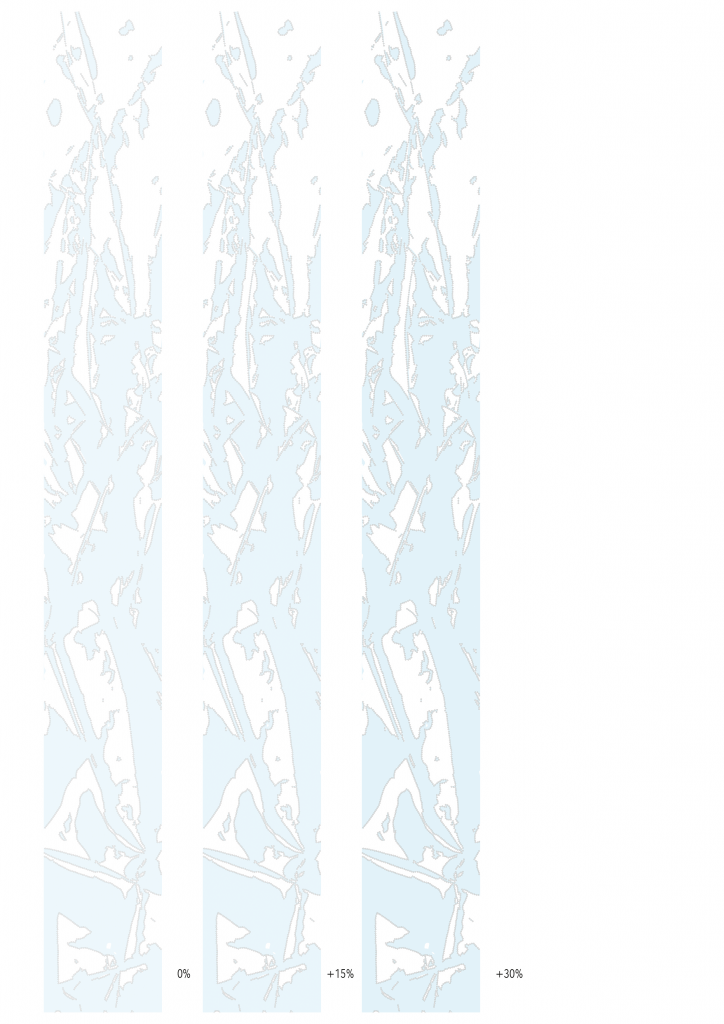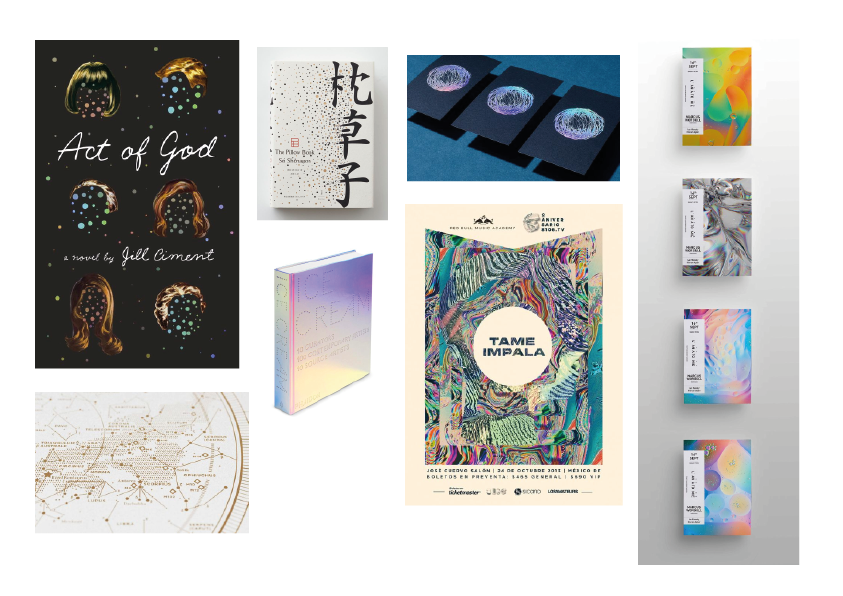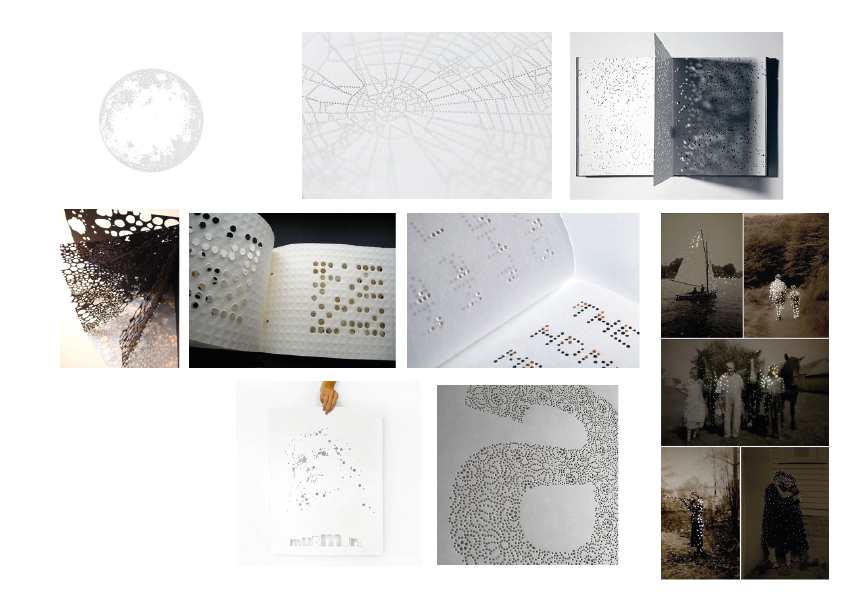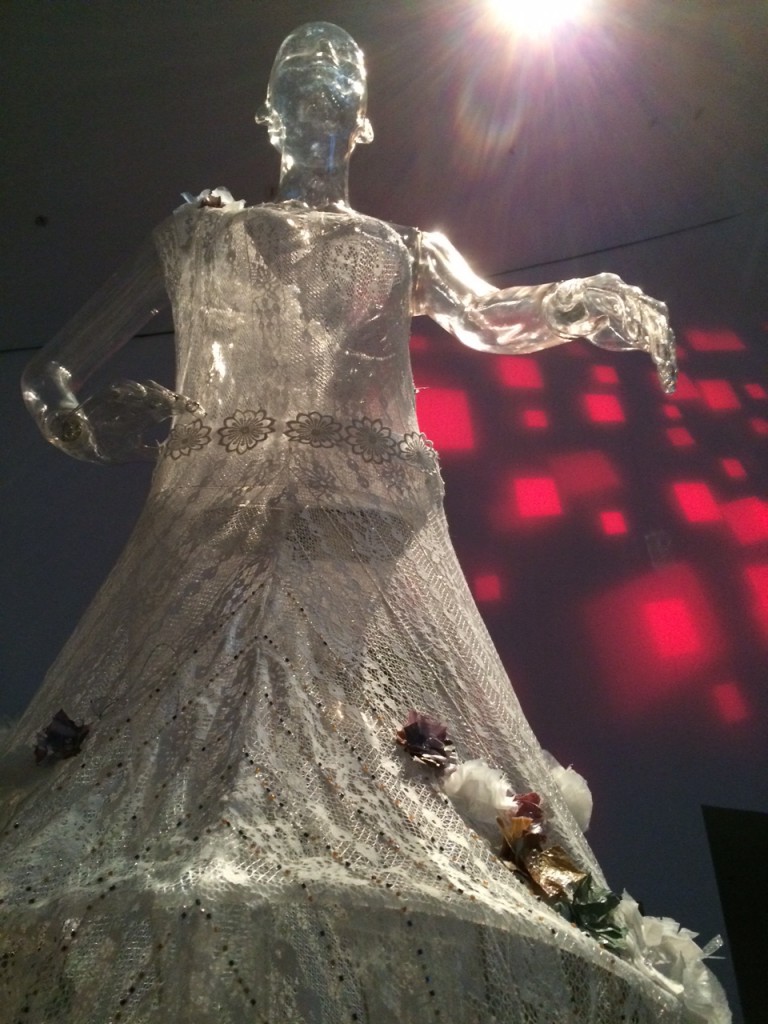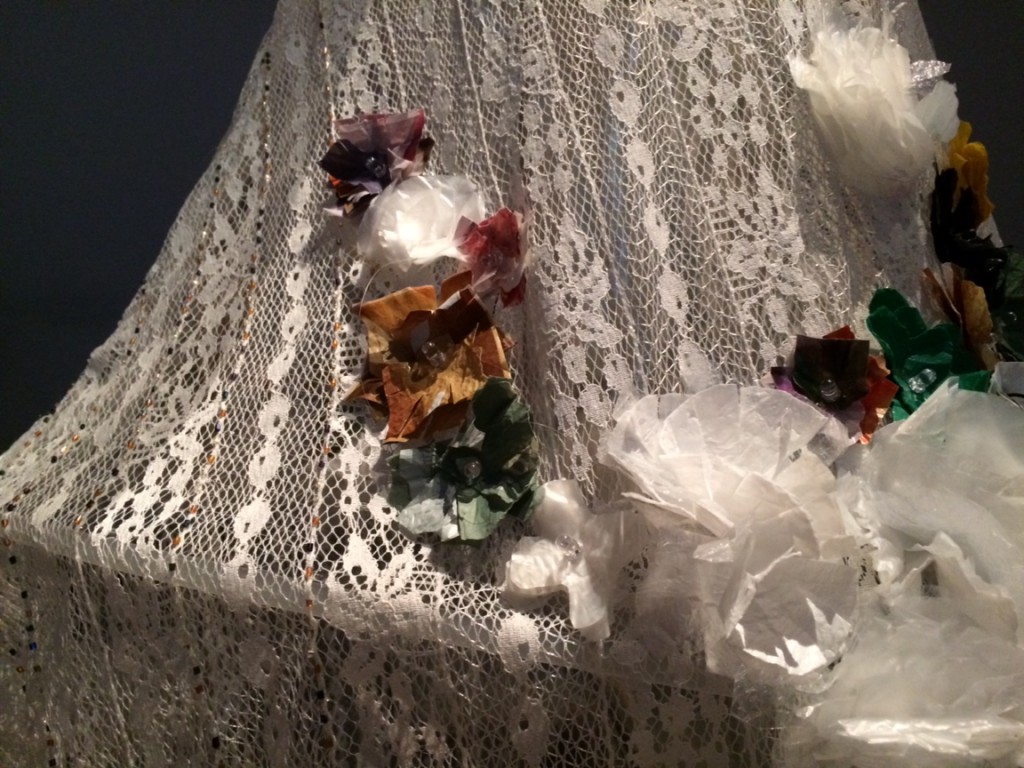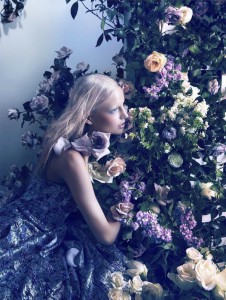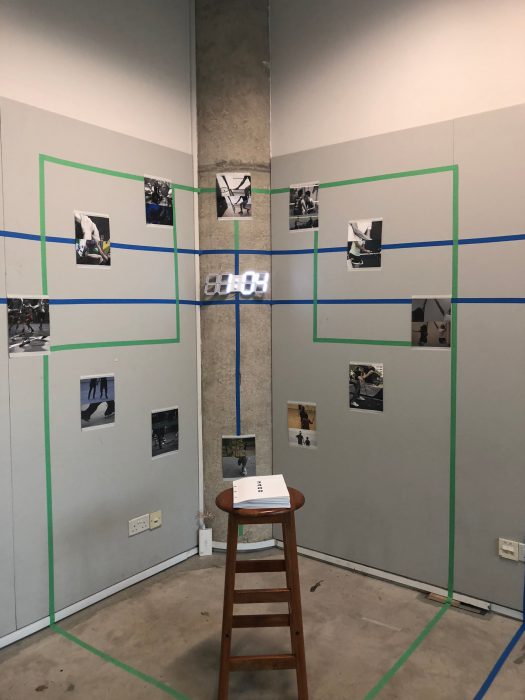
2400
Mixed Media, Audio Clip 4:59
Sports, as one might think, is commonly associated to be purely for health or survival benefits, and also a distraction for those who prize pragmatism. Rather, sports is closely tied to many domains of life that are beyond the value of sports itself. Sports, either recreational or competitive in nature, can be used as a means to cultivate values, such as respect, discipline and teamwork; which many do not realise. However, more often than not, competitive sports, and not recreational sports, are usually in the limelight for the development of such values.
Through a design ethnography study, 2400 seeks to explore and visualize how recreational sporting activities can be of benefit as a source of value creation to each individual.
Using a visual documentation method to highlight the importance of potential learning through sports, 2400 aims to send a message that it is possible for one to participate in sports at any time of the day. Instead of dismissing its purpose aside at the first glance, recreational sports play can actually be a venue where values are learnt.
Process
12 images are printed on A4 canvas satin photo paper and cut into shape. 12 images are to tell the story of the 12 hours of the day since 24 images to represent 24 hours is too cluttered. 6 morning photos together with 6 night photos are chosen for equal representation.
Painters tape is used to draw and mark out court lines of the squash (green) and badminton (blue) courts. The publications 2400 and 33:41:27 are placed on the chairs in front.
Book images
2400
33:41:27
2400 and 33:41:27 are publication made to accompany the diptych images on the wall installation.
2400 is a book that showcases sports played at different hour of the day together.
The contents of the book consist of the values, quotes, a short description of the sport and photos that tells a narrative story of these 24 groups of people playing recreational sports.
33:41:27 is the second publication that is named after the total time taken for me to travel as well as to photograph the entire 24 sports documented in this project.
It is a compilation photobook of the 24 sports photographed that did not appear in the first publication where there are outtakes, candid photos that are more casual.
Final

